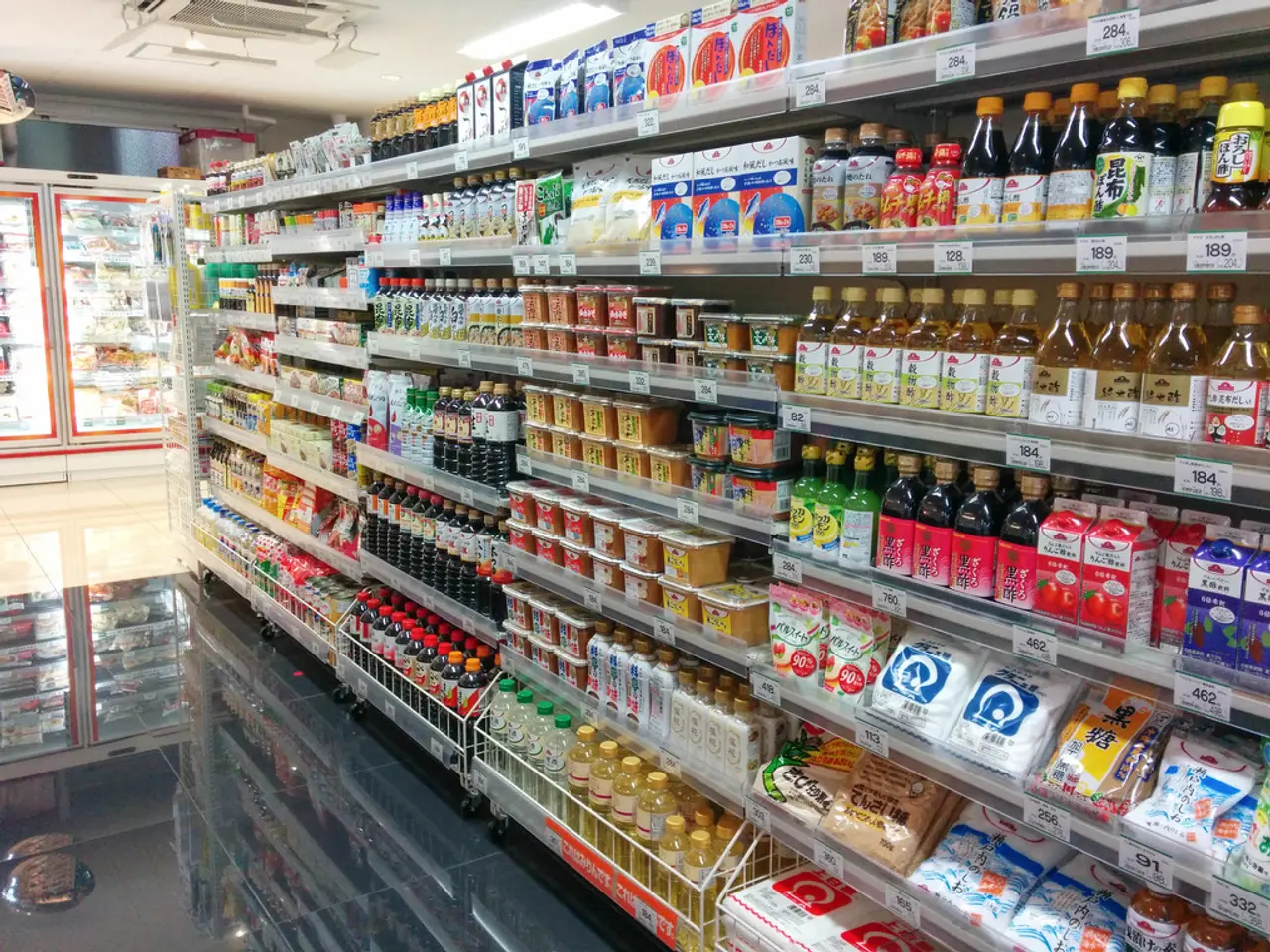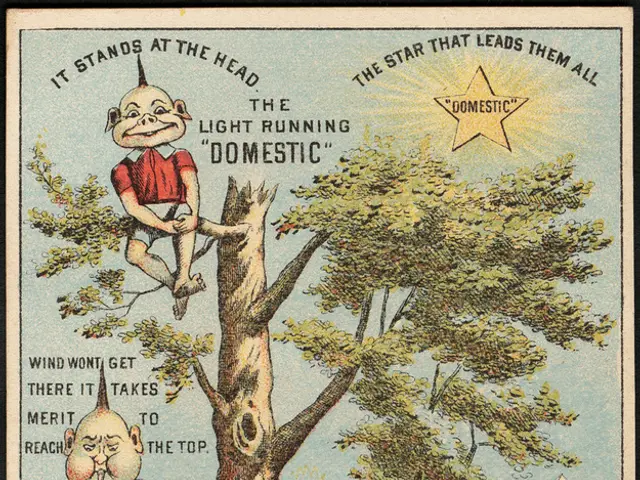Amazon leads the price competition during holiday seasons
In a recent study conducted by Profitero, it has been revealed that major retailers like Walmart, Target, Best Buy, and others are adopting non-price strategies to compete with Amazon.
The study found that overall, Target is 10.6% more expensive than Amazon, while Walmart's Jet unit is 11.3% more expensive. However, in certain categories, the price difference is less significant. For instance, Walmart is only 0.2% behind Amazon's prices on baby products, 1.3% behind on pet supplies, and 1.7% behind on toys.
Best Buy, on the other hand, is priced 16.7% higher than Amazon in appliances and 15.8% more expensive in electronics. Interestingly, Walmart trails Amazon by just over 4% in pricing, with prices within 5% of Amazon's in appliances and toys.
However, the study also suggests that these retailers are focusing on value beyond price. Category specialists like Best Buy, Staples, Dick's, and Wayfair are generally priced well above Amazon, offering memberships, personalized services, personalized promotions, and private label products.
Best Buy, for instance, has invested in its employees, price, and a suite of services to compete with Amazon in electronics. Similarly, Wayfair is offering unique value propositions beyond price during the 2021 Christmas sales period, retreating from Amazon's price competition median and focusing on memberships, personal services, personal discounts, and private label products.
Staples is priced more than 45% more expensively than Amazon on office supplies. Meanwhile, Target is within 5% of Amazon on price in toys, household supplies, and beauty products.
The holiday season of 2017 saw Toys R Us pricing higher than the major generalists, which partly explains its fatal tailspin in the fourth quarter of that year. In contrast, Amazon has entered the holiday sales season with lower prices compared to other online retailers, according to the study.
Amazon is pricing 20% below other online retailers on average in key product categories, offering a significant price advantage over its competitors. This strategy appears to be paying off for Amazon, as it continues to dominate the online retail market.
In conclusion, while Amazon maintains a significant price advantage, other retailers are adapting by focusing on value beyond price. This strategy could potentially help them attract customers who value personalized services, memberships, and unique product offerings over the lowest prices.
Read also:
- Peptide YY (PYY): Exploring its Role in Appetite Suppression, Intestinal Health, and Cognitive Links
- Toddler Health: Rotavirus Signs, Origins, and Potential Complications
- Digestive issues and heart discomfort: Root causes and associated health conditions
- House Infernos: Deadly Hazards Surpassing the Flames








